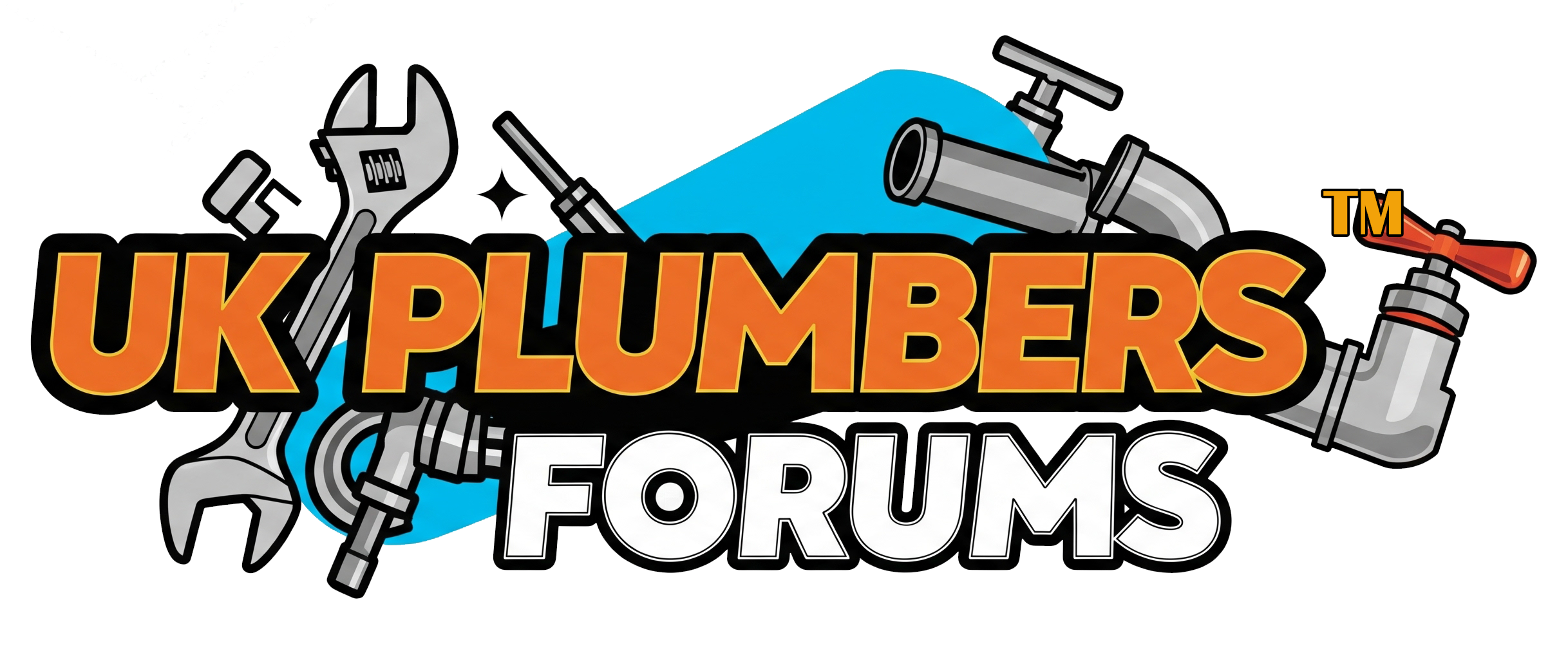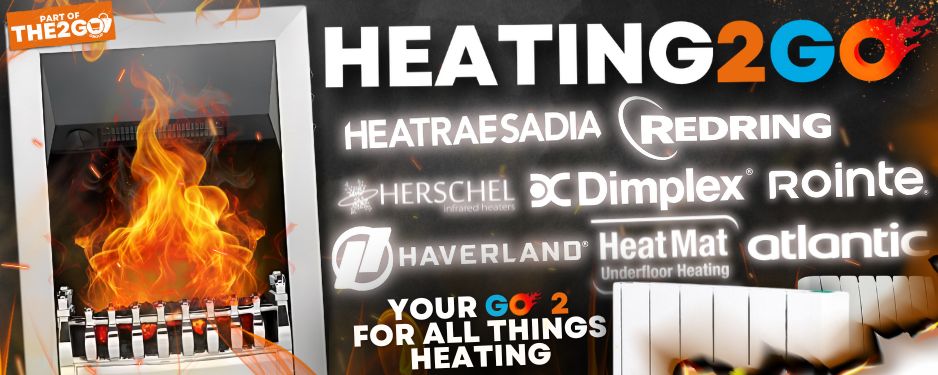Testing at 8 bar could be very dangerous. If anything were to happen it would be his rse in a sling. No one including him, should be nearer than 3m to any pipe under test at 8 bar
Here is an excerpt from a certain book on how to test with air (i've taken some parts not relevant out). The same risks apply to any pipe tho.
PROCEDURES – PNEUMATIC STRENGTH TESTING
A thorough survey of the pipework section, to detect any major integrity defect, shall be carried out before testing, including inspection of certificates, NDT, etc.
Note: This survey may entail checking the accuracy of any plans, any other information provided and the mechanical integrity of installations.
As far as is reasonably practicable, joints should be exposed during the strength test and indications of leakage sought using leak detection fluid (LDF), but only after the pressure has been reduced to MOP for the section.
It shall be ensured that all pipework and components have been designed, installed and anchored to withstand STP.
A risk analysis shall be carried out to confirm that the risk involved is acceptable. If it is not, then hydrostatic testing shall be carried out.
Before testing, the following actions shall be taken:
• ensure all isolation valves are plugged securely or blanked off and the valves are in the open position to ensure the valve body is tested
• where necessary, remove any component that is not to be included in the test (see clause 4.4.1). Install spool pieces or blanks
• ensure there is a means of pressurising the system either with dry compressed air or nitrogen (above freezing point if expanded from bottled nitrogen)
• incorporate (in the connection of the pressurisation medium to the section) suitably adjusted regulators and a full flow safety valve(s) to prevent pressurisation above STP.
An exclusion zone, in accordance with Table 2, shall be set up around the area of any pipework section for which STP exceeds 1 bar. The minimum distance for persons to be from the pipework is based on STP and the volume of the section being tested. Personnel shall not be within this distance of the section while pressurising and during the stabilization and test periods.
Note: In general, this will mean that the pressurisation equipment and test instruments are also outside this area, the latter being piped into the area in small bore pipework. The distances detailed in Table 2 are based on the centre-line of the pipework and extend both sides.
A final inspection of the pipework section shall be carried out to ensure that it is ready for the test (it shall be ensured that any exclusion zone is clear of all personnel - see Table 2).
If STP exceeds 2 bar, a check for general integrity, for example for open ends, shall be carried out at a pressure of 350 mbar.
The pipework section shall be pressurised slowly. If STP exceeds 2 bar then, after reaching 2 bar, the section pressure shall be increased in 10% stages up to STP leaving a short period between each increase in pressure.
Following a satisfactory test the pressure in the pipework section shall be vented and pipework left in a safe condition. Any exclusion zone then can be re-opened for all site personnel.
The strength test shall be documented and included in any site Health and Safety File. Results should be recorded on a formal certificate, a copy of which should be given to the owner/operator of the pipework tested.
STP and MOP shall be recorded clearly and be available for reference by any party subsequently working on the installation.


